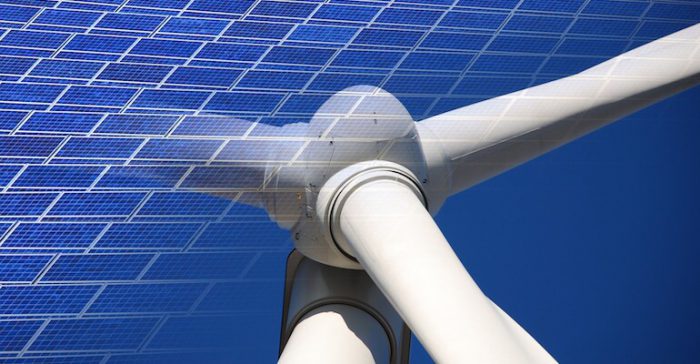Ryan Pollin, ERS, for Zondits
Coober Pedy is currently playing out a worst-case scenario for energy transition, and it behooves us all to understand what led them there. The South Australian mining town currently operates a very costly 3.9 MW diesel power plant to supply power to the region. After making the seemingly wise choice to invest in 4 MW of wind, 1 MW solar, and 1 MW battery – which were expected to reduce diesel consumption by 70% – a third-party study of costs reveals that the project is quite a bit worse than expected. The expected cost of electricity after retrofit will be $0.48/kWh and is expected to be as high as $1.00/kWh by 2037, only narrowly beating out the cost of the existing diesel plant. This once-hailed energy transition demonstration project is now expected to motivate 40%–80% of the electricity users in the town to defect from the grid and cost-effectively generate their own electricity, essentially a death sentence for the grid. The once-wise city councilors look like fools, clean energy developers look like hacks, and electricity consumers are left holding the bag.
There are lessons to learn about competitive bidding, due diligence in energy modeling, third-party verification, and centralized generation policy.
Fear and loathing about renewable grid in Coober Pedy
Renew Economy, March 24, 2017
There is uproar in Coober Pedy, the iconic mining town deep in the South Australian desert that is known as the Opal Capital of the world.
What should have been a positive story about a project to shift the town from diesel to a renewable-focused mini-grid based around wind and solar and storage is causing outrage among consumers and councillors, and embarrassment to the developer and the federal agency that backed it.
Last year, as we reported at the time, the final plan for the Coober Pedy Renewable Diesel Hybrid project was unveiled, featuring 4MW of wind, 1MW of solar and a 1MW/250kWh battery to provide up to 70 per cent of the power needs of Coober Pedy.
The idea was that it would dramatically reduce the amount of diesel consumed from the existing 3.9MW diesel power station, reduce costs, and provide a possible blueprint for the rest of Australia to follow.
But what should have been a flagship project for the country – as ARENA CEO Ivor Frischknecht touted it at the time – looks like turning into a disaster for the town and an embarrassment for the renewable energy industry; and a legal dispute between the council and the developers.
